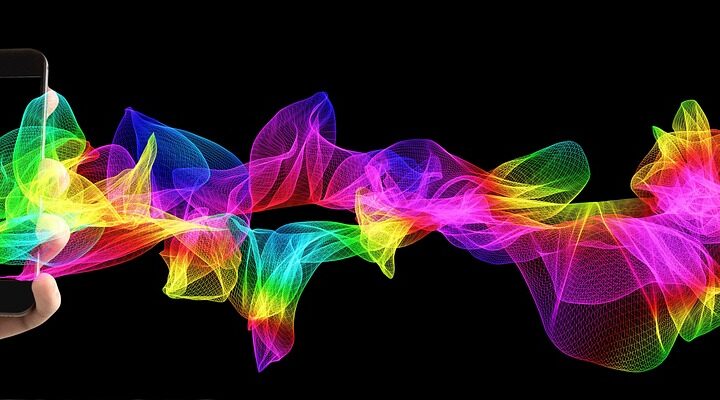Why Beepers Were Once the Must-Have Gadget for Professionals Everywhere
November 15, 2024
Beepers, also known as pagers, may seem like relics of the past in this era of smartphones and instant messaging. However, there was a time when beepers were the must-have gadget for professionals across various fields, revolutionizing communication and enhancing productivity. This article delves into the evolution, functionality, and cultural significance of beepers, showcasing why they were indispensable tools for a generation of professionals.
1. The Rise of Beepers: A Brief History
The concept of the pager dates back to the 1920s, with the first commercially available system created by the American telecommunications company, Bell Labs. However, it was during the 1980s and 1990s that pagers gained immense popularity, particularly in fields such as healthcare, emergency services, and business. Beepers provided a significant upgrade to communication, allowing individuals to receive alerts and messages quickly, even when away from their desks.
One of the earliest and most popular types of pagers was the numeric pager, which allowed users to receive phone numbers in the form of digits. Later advancements introduced alphanumeric pagers, permitting users to receive text messages, adding a layer of sophistication to communication.
2. How Beepers Functioned
Beepers worked on a simple, yet effective radio frequency system. Typically, a sender would call a designated number related to the pager, input a message or a phone number, and the pager would receive the signal. This nearly instant communication was a game-changer as it enabled professionals to stay connected without being tied to a specific location.
Features included:
- Portability: The compact size made it easy to carry, fitting snugly in pockets or clipped to belts.
- Privacy: Unlike mobile phones, beepers offered a level of privacy since only the user could receive the messages, eliminating the need for loud ringtones in public spaces.
- Battery Life: Beepers could operate for long periods on a single set of batteries, making them reliable for professionals on the go.
The emergence of one-way and two-way pagers further enhanced communication methods, allowing users to respond directly to messages, thus enhancing responsiveness, especially in critical sectors like healthcare.
3. The Professionals Who Relied on Beepers
Beepers were not exclusive to one profession. Diverse sectors adopted this technology, which included:
- Healthcare Professionals: Doctors and nurses used beepers to receive emergency calls, ensuring they were always reachable for urgent patient care.
- Emergency Services: Police officers and firefighters utilized pagers to receive critical information while out in the field, allowing for swift responses to emergencies.
- Business Executives: Managers and sales representatives relied on beepers to remain in close contact with clients and teams, facilitating quicker decision-making and rapport building.
- Journalists: Reporters used pagers to receive tips and information critical for news coverage, allowing them to stay connected while on location.
As a testament to their utility, beepers became a cultural symbol of professionalism and urgency during their peak years, often seen clipped to the belts of busy professionals.
4. The Cultural Impact of Beepers
The popularity of beepers transcended mere functionality; they became a cultural phenomenon. Wearing a beeper became synonymous with being in-demand, connected, and professional. The beeper culture even permeated popular media and fashion, creating a niche market for stylish, customizable beepers.
In the late 1990s, several television series and films showcased characters using beepers, further solidifying their role in the zeitgeist. Beepers were often associated with urgency and importance, leading to phrases and trends that underscored their significance in personal branding and professional demeanor.
5. The Decline: Transitioning to Mobile Phones
Although beepers made remarkable contributions to communication, their reign was relatively short-lived. The advent of mobile phones in the late 1990s and early 2000s marked a significant shift in communication methods. Mobile phones combined the functionality of beepers with voice communication and provided additional features like text messaging, web browsing, and applications.
Consequently, businesses and consumers alike began phasing out the use of beepers in favor of mobile devices, which offered a more comprehensive communication solution.
However, the legacy of beepers remains. Many healthcare institutions and emergency services still utilize similar technology, adapted for modern needs, emphasizing reliability and instant communication.
6. Conclusion: The Legacy of Beepers
Beepers were not just gadgets of their time; they were revolutionary communication tools that paved the way for the devices we rely on today. Their simplicity, effectiveness, and portability made them indispensable for countless professionals, ensuring they could remain communicative even in the most demanding of circumstances.
While today’s technology has evolved far beyond beepers, their role in the history of communication technology remains an essential chapter. The nostalgia and appreciation for beepers reflect a bygone era, reminding us of a time when staying connected required a simple beep and a quick response. As we look back, it’s clear that beepers played a fundamental role in shaping modern communication practices that continue to influence how we connect today.








